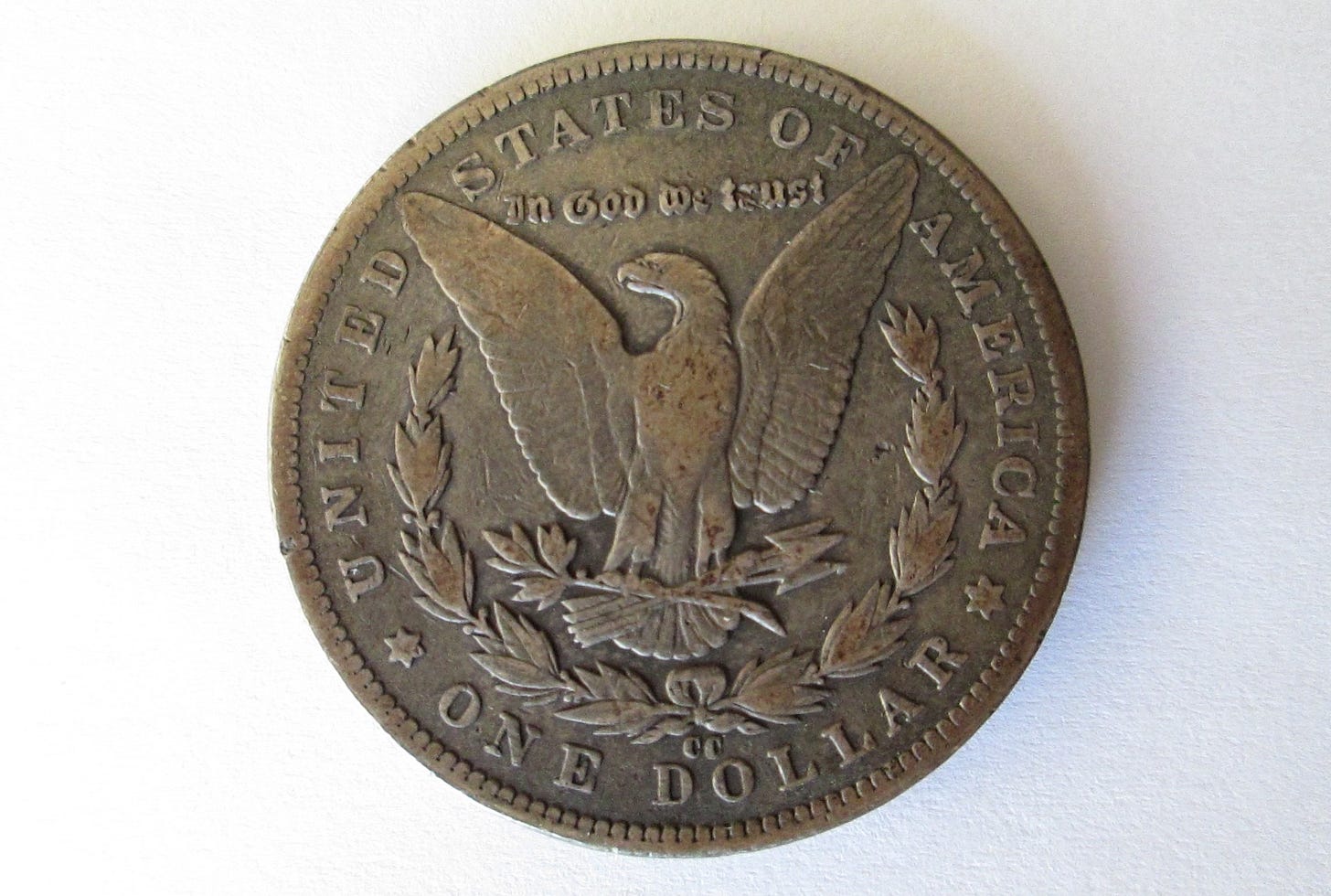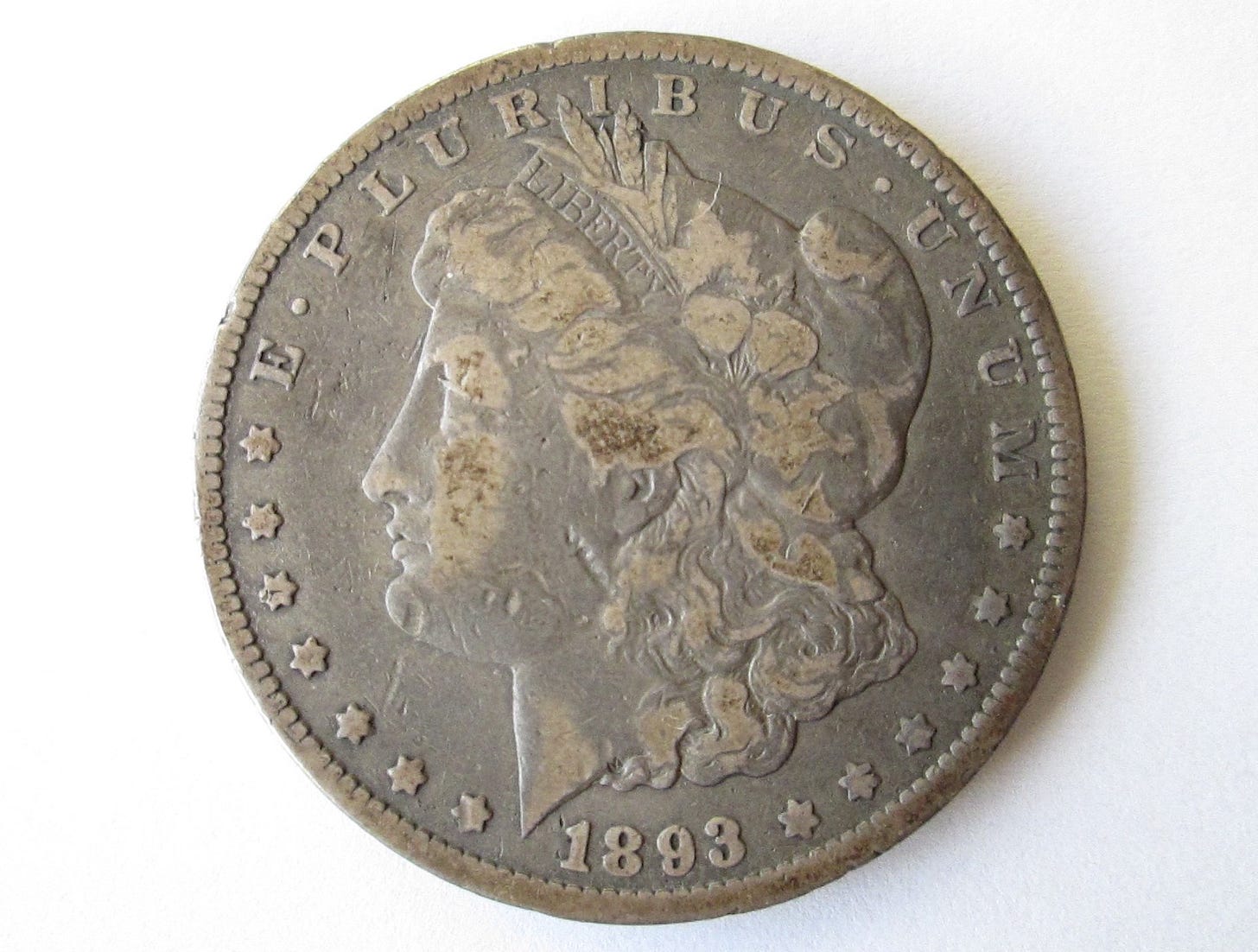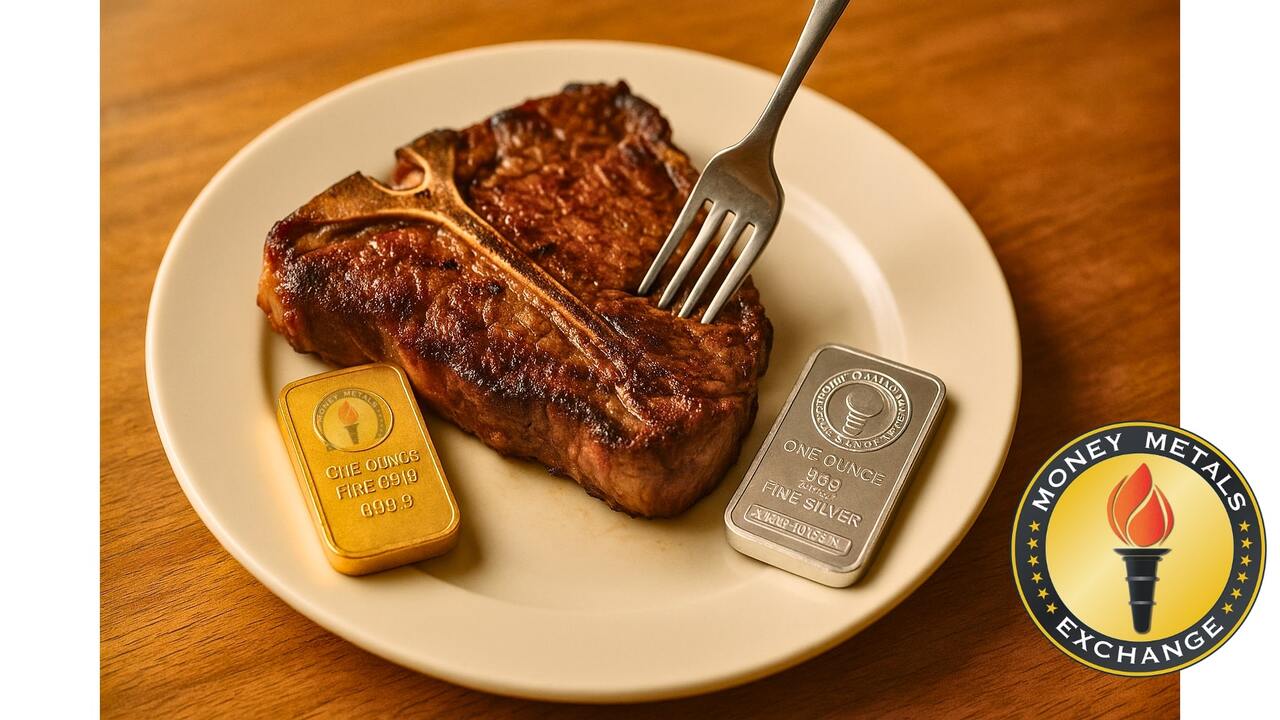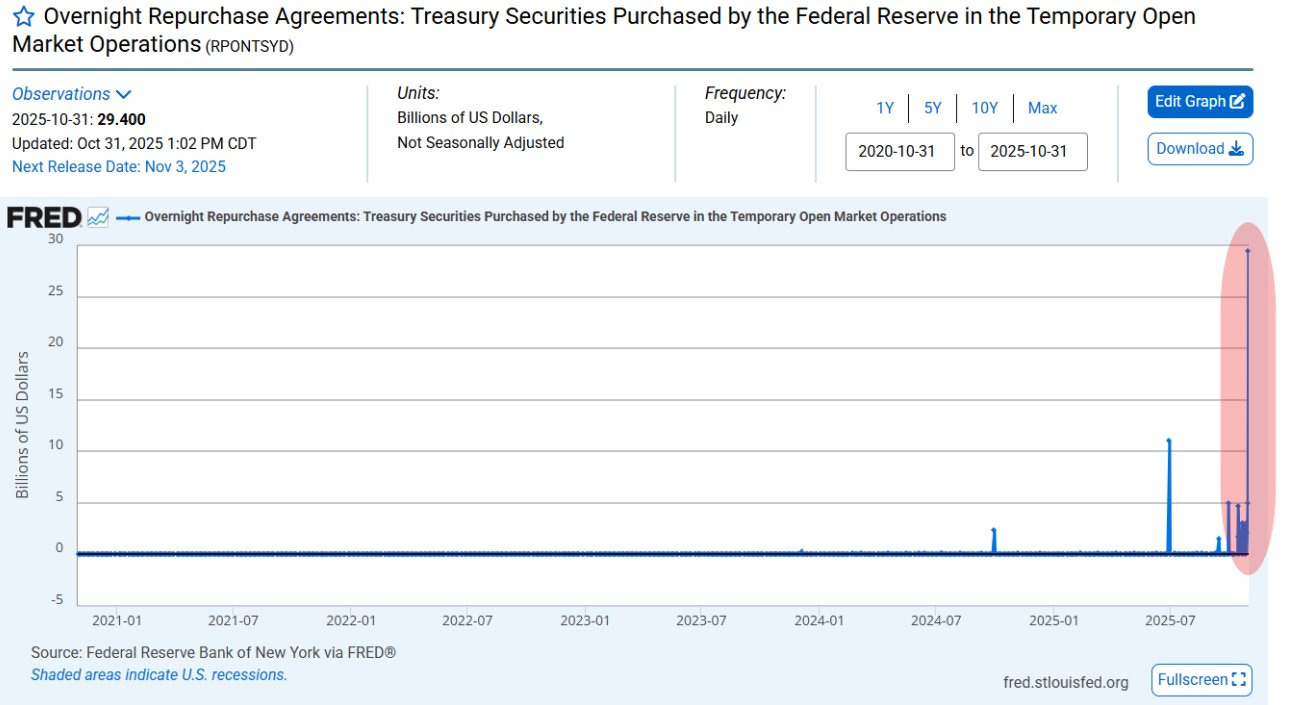Not all old, tarnished and worn silver coins are melt-worthy junk, even if they’re commonly called junk silver. Sometimes, circulated legal tender coins are treasured keepsakes with memories that last a lifetime.
I own one of those coins.
The 1893 CC Morgan Silver Dollar I gifted to my mother in 1974 is a memento with far more than monetary or numismatic value. The 132-year-old coin evokes a cherished recollection of my coin-collecting mom. It also affirms my longtime reverence for American history and affinity for silver-based money.
I acquired the coin largely by happenstance.
A Fortuitous Trade
As a kid, I collected U.S. postage stamps. I admired them for commemorating and depicting significant people, places and events since the nation’s founding.
One afternoon I was sitting on the front porch with a middle-school buddy, showing him my stamp collection. He expressed an interest in starting his own collection and suggested trading a silver dollar he had for some of my old stamps.
He reached into his pocket, pulled out the coin and handed it to me. It was my mother’s birthday and I knew she’d appreciate it as a gift. I agreed to the trade, giving my friend a dozen or so duplicate, postmarked stamps from the 1920s, ’30s and ’40s in exchange for his late 19th-century coin.
Happy with the swap, later that day I placed the silver dollar in a white paper envelope and walked into the kitchen where my mom was standing at the sink, rinsing vegetables and preparing to make dinner.
“Happy Birthday, Mom!” I said, handing her the folded envelope.
Her eyes widened as she opened the envelope and examined the enclosed coin. Even though it was scratched and discolored, she immediately knew it had collectible value when she noticed its Carson City (Nev.) Mint mark on the reverse side. She gave me a big smile, gleefully told me she’d add it to her collection and thanked me for the gift.

Prized Collectible and Priceless Heirloom
Mom kept that silver dollar in a round tin container with the rest of her prized coins. After her death in 2006, I got the coin back as part of my inheritance. It was still in the folded envelope, which had deteriorated and yellowed with age. On the outside was Mom’s faded, decades-old handwritten note, indicating the coin was a gift from me and its $50 numismatic value.
A few years later, I took the silver dollar to a coin shop in Nashville, Tenn., to gauge its value. The owner offered me $75. I declined. Its personal significance was far greater to me than his modest offer.
The low-mintage coin, I discovered, carries a premium price since it was struck the final year of Carson City Mint production, making it popular among collectors. Of the 677,000 coins struck, only 48,000 are estimated to survive, according to the Professional Coin Grading Service.
A rare, top-graded 1893 Morgan CC sold for $323,125 at a 2013 auction. Lower-quality coins sell for $250 to $700. Mine recently was appraised at $525 by coinfully.com.
Intrigued by an Unknown Past
Since I’m more of a bullion buff than a coin collector, an ounce of silver to me typically is just that—an ounce of silver. But as an American history and silver enthusiast, I’ve often wondered about the origins and journey taken by my well-circulated keepsake.
What Nevada mine did its silver come from? Was it sourced from high-grade Comstock Lode ore or extracted at another storied Silver State mining district?
How far had the coin traveled across the United States, and how many hands had it passed through since it was minted? Was it used to pay a farm laborer’s wages in California’s Central Valley, dropped in a collection basket at a Catholic church in New Mexico, spent on a night’s lodging in a Salt Lake City hotel, or exchanged for services at a Nevada brothel?
Did it procure winter provisions at a general store in Oklahoma Territory, buy an illegal drink at a Chicago speakeasy during Prohibition, purchase general admission to a St. Louis Cardinals game, or get wagered on a Kentucky Derby horse race or poker hand in Indianapolis before it entered my possession?
While those questions never will be answered, the unknown odyssey of that single, vintage coin still piques my curiosity. Regardless of where it’s been, what it’s bought or how it’s been spent, I doubt I’ll ever trade or sell that coin. It has too much sentimental value.
That’s why I’ve always had an aversion to calling 90-percent silver coins junk, even if they’re not a collector’s item or family heirloom.
I’d prefer to call them constitutional, heritage or legacy silver.
Regardless, circulated silver coins aren’t worthless junk, especially as the shiny gray metal breaches its all-time high of $50 an ounce, and its value rises rapidly in depreciating currencies.
Mom knew silver wasn’t junk back in the 1960s. As I matured, I realized she was right, for both sentimental and monetary reasons.
Do you have a special keepsake coin? Please share your story in the comments section.
© 2025 Stuart Englert. All rights reserved.
Read the full article here







Leave a Reply